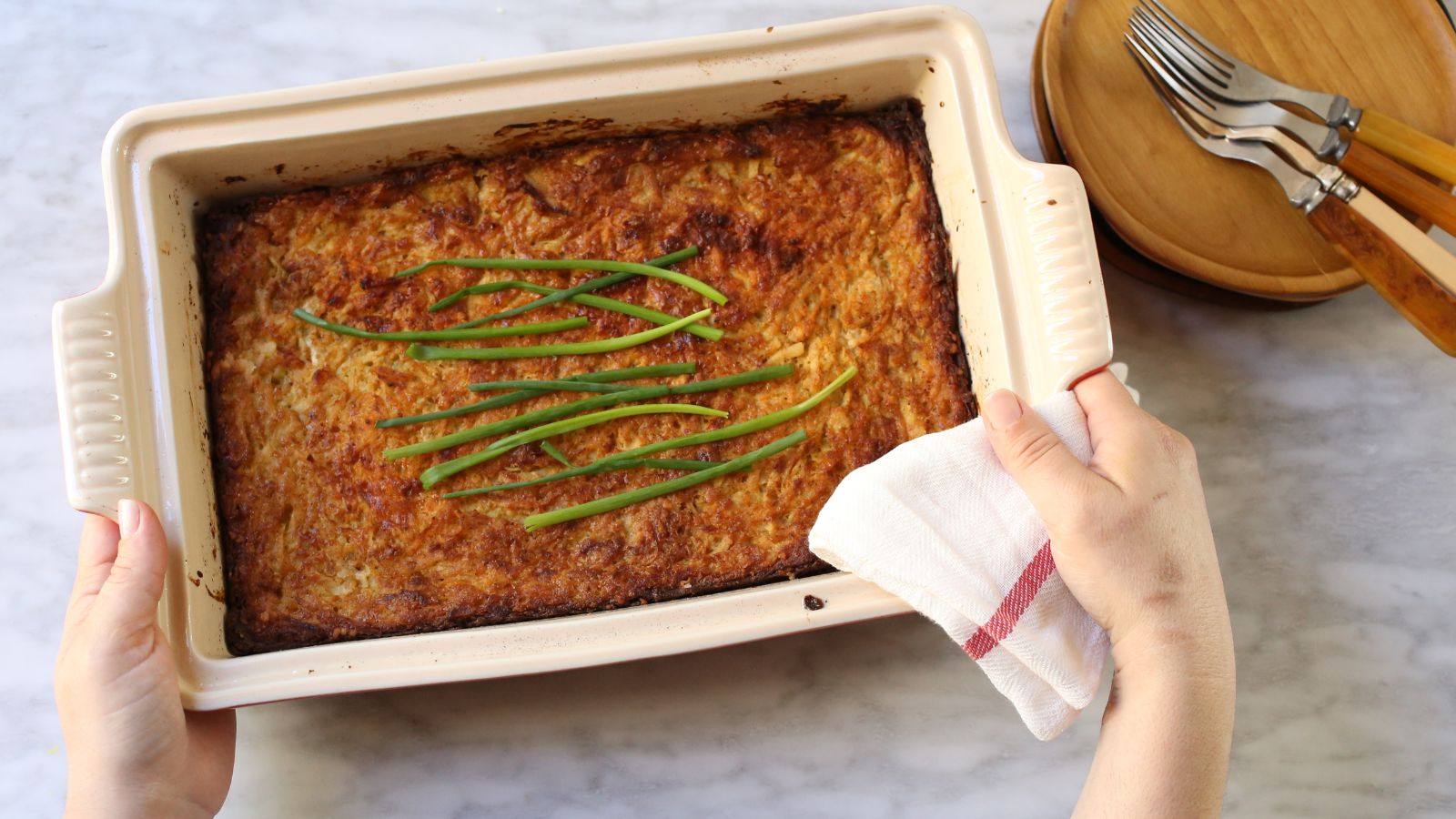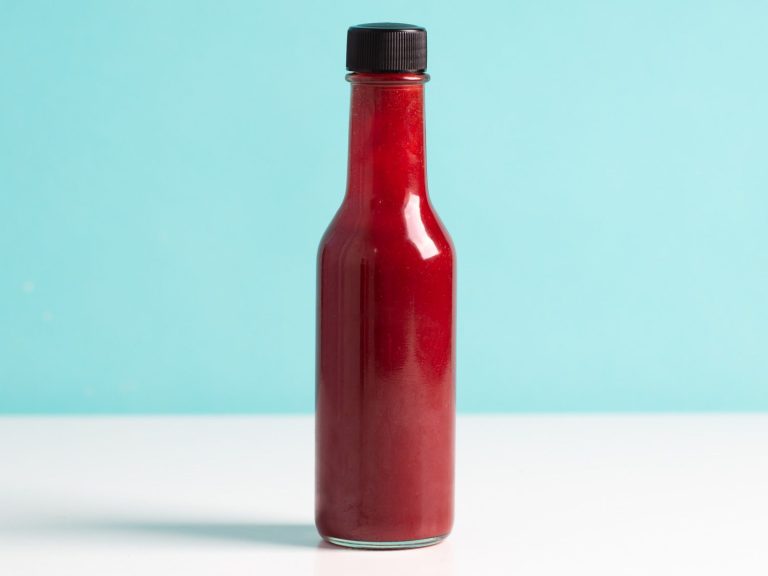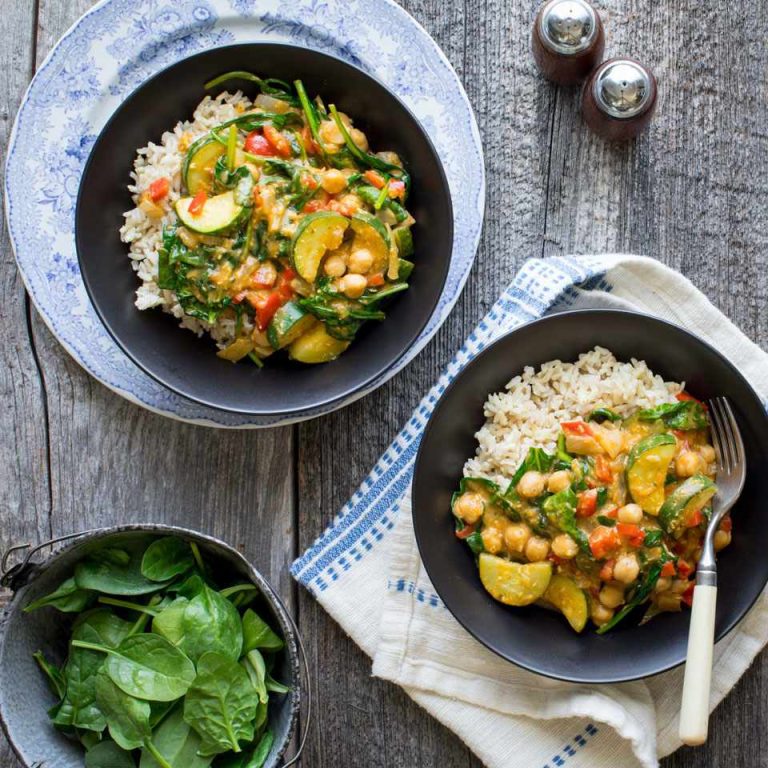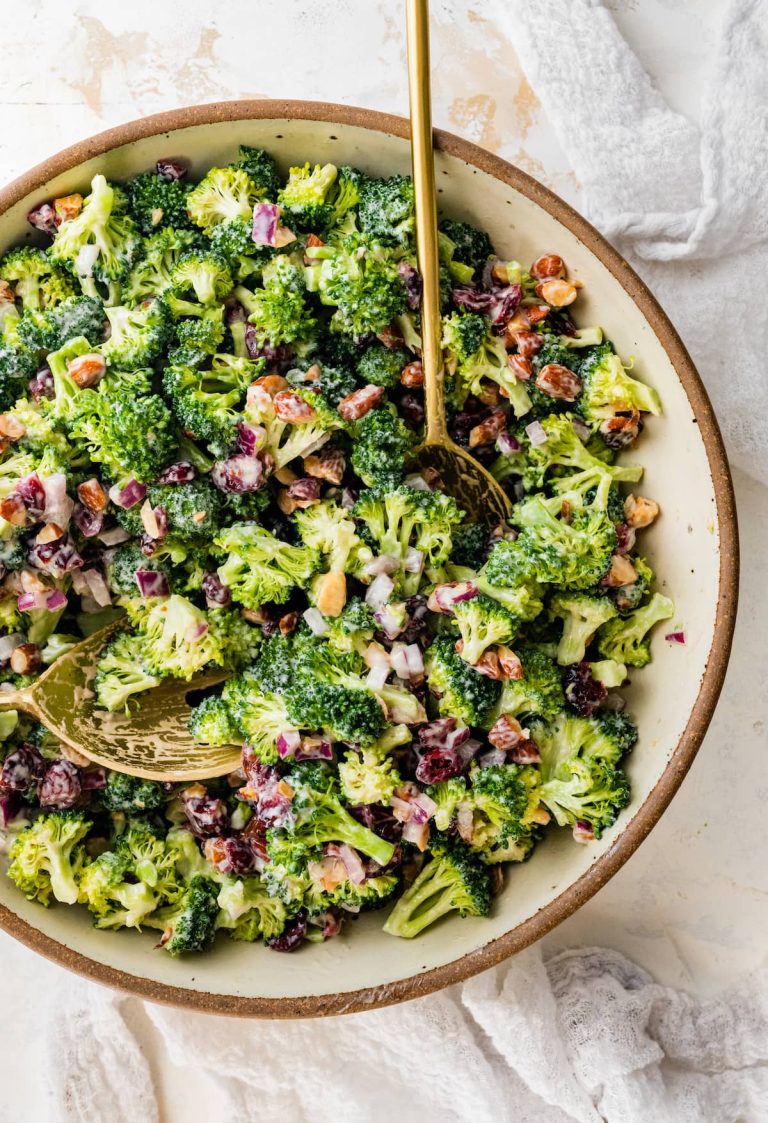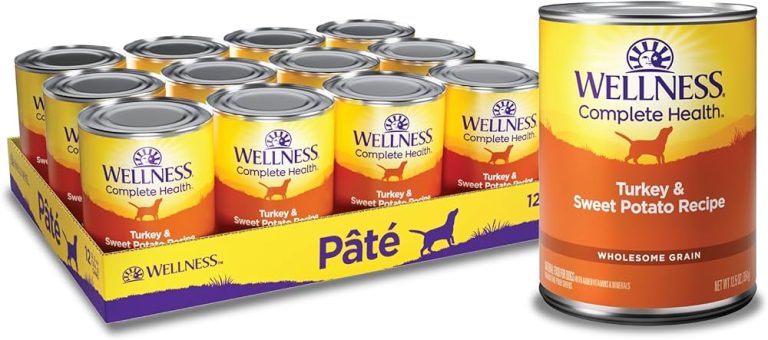Old Fashioned Potato Kugel: Discover the Rich History and Recipes
Old Fashioned Potato Kugel originated in Eastern European Jewish communities. Originally, kugel referred to a baked dessert made from noodles or bread. By the 17th century, potato kugel emerged, particularly in areas with harsh winters where potatoes were plentiful and easy to store. Early Jewish settlers valued potatoes for their nutritional benefits and cost-effectiveness, which made them a popular choice for this versatile dish.
Cultural Significance and Variations
Potato kugel holds a cherished place in Jewish culinary tradition. It serves as a staple during Shabbat, Passover, and other Jewish festivals, symbolizing community and continuity. The dish varies by region, influenced by local ingredients and tastes. In Lithuanian Jewish cuisine, the kugel tends to be denser and richer, featuring onions and schmaltz (chicken fat), while Hungarian versions might incorporate carrots or zucchini for added flavor and texture. These variations demonstrate the adaptability and enduring appeal of potato kugel across generations and geographies.
Key Ingredients of Old Fashioned Potato Kugel
Potatoes: The Star of the Dish
Potatoes, the primary ingredient, contribute to the kugel’s texture and flavor. Peel and grate 6-8 medium-sized Russet potatoes, as these offer an ideal starch content. Grating by hand ensures a balance between shredded and grated textures, which is critical for an authentic experience.
The Role of Onions and Eggs
Onions add depth and sweetness. Use one large or two medium onions, finely grated, to evenly distribute their flavor. For binding, incorporate 3 large eggs. The eggs help in holding the mixture together while adding richness and moisture to the kugel. Combining potatoes, onions, and eggs creates a cohesive, flavorful base for your old-fashioned potato kugel.
Cooking Techniques for the Perfect Potato Kugel
Preparing the Potatoes
Select Russet potatoes for the best texture in your kugel. Wash and peel the potatoes, ensuring no skin remains. Use a hand grater to achieve a fine, even shred, which gives the kugel its signature texture. If you prefer a smoother consistency, you can use a food processor equipped with a grating blade.
Place the shredded potatoes in a large bowl filled with cold water to remove excess starch. Let them soak for 10-15 minutes, then drain and squeeze out as much water as possible using a clean kitchen towel. This step is crucial to avoid a soggy kugel. Combine the grated potatoes with finely chopped onions and beaten eggs to create the kugel base.
Baking Tips and Tricks
Preheat your oven to 375°F (190°C) to ensure even cooking. Use a well-greased baking dish—preferably one made of cast iron or glass—for even heat distribution. Spread the potato mixture evenly in the baking dish, pressing down to compact it.
To achieve a golden-brown crust, brush the top with oil or melted schmaltz before baking. Bake for 60-75 minutes until the kugel is golden and crisp on the outside while fully cooked on the inside. Let it cool for a few minutes before cutting to allow it to set.
If you’re making the kugel ahead of time, you can refrigerate it once it’s cooled. Reheat it in a 350°F (175°C) oven for about 20 minutes to regain its crisp texture.
Serving and Presentation Ideas
Traditional Serving Styles
Serve old-fashioned potato kugel in generous slices. Plate it alongside classic accompaniments like brisket, roasted chicken, or gefilte fish for a traditional meal. Kugel provides a hearty side when paired with meats, offering a comforting element to holiday tables. Garnish with fresh parsley or dill to add a touch of color and flavor. Ensure each slice has a crispy top for optimal texture.
Modern Twists on Presentation
Give your potato kugel a contemporary flair by experimenting with different serving methods. Create individual portions by baking the kugel in muffin tins. This offers a convenient, easy-to-serve option suitable for buffets or potlucks. Elevate the presentation by adding a dollop of sour cream and a sprinkle of chives on each mini kugel. Alternatively, serve the kugel with a side of green salad or roasted vegetables for a balanced meal. Use creative plating techniques and garnishes to make the dish visually appealing.
Health Benefits and Dietary Considerations
Nutritional Information
Old-fashioned potato kugel offers several nutritional benefits. Potatoes, the primary ingredient, are high in vitamins C and B6, potassium, and fiber. These nutrients support immune function, metabolism, and digestive health. Onions contribute antioxidants like quercetin, which can help reduce inflammation. Eggs bring protein and essential amino acids, crucial for muscle repair and overall body function.
A standard serving size of potato kugel (about 150 grams) contains approximately:
- Calories: 220
- Protein: 6 grams
- Fat: 10 grams
- Carbohydrates: 28 grams
- Fiber: 3 grams
These values may vary depending on the specific preparation method and added ingredients.
Adapting the Recipe for Dietary Needs
Modifying old-fashioned potato kugel to suit dietary needs is straightforward. For a lower-fat version, substitute the traditional oil with a smaller amount of olive oil or use a non-stick cooking spray. To reduce sodium, use less salt and enhance flavor with fresh herbs such as parsley or dill.
For a gluten-free variation, ensure the recipe does not include any wheat-based additives. Check that any added toppings or sides comply with gluten-free standards. You can employ almond flour instead of traditional breadcrumbs for a gluten-free option.
To accommodate vegan preferences, replace eggs with a flaxseed mixture (1 tablespoon ground flaxseeds mixed with 3 tablespoons water per egg). Alternatively, commercial egg replacers work well. Use nutritional yeast to maintain a rich flavor if avoiding dairy.
A table below summarizes these adaptations:
| Dietary Need | Adaptation |
|---|---|
| Lower Fat | Substitute with olive oil or non-stick cooking spray |
| Lower Sodium | Use less salt, fresh herbs for flavor enhancement |
| Gluten-Free | Ensure no wheat additives, use almond flour as a breadcrumb substitute |
| Vegan | Use flaxseed mixture or egg replacer, substitute dairy with nutritional yeast |
By making these adjustments, you can enjoy a classic potato kugel that fits diverse dietary requirements. This ensures everyone at your table can partake in this traditional dish without sacrificing personal health needs.
Conclusion
Old-fashioned potato kugel remains a beloved dish that bridges generations and cultures. By understanding its rich history and the simple yet essential ingredients, you can appreciate the timeless appeal of this classic recipe. Whether you’re adhering to traditional methods or adapting the dish to meet modern dietary needs, potato kugel offers a versatile and satisfying culinary experience. Embrace the opportunity to experiment with variations and make this cherished dish your own. Enjoy the comfort and tradition of potato kugel in your kitchen, knowing it can be both delicious and accommodating to your dietary preferences.
